This 55-year-old patient made an appointment with us for the placement of a fixed prosthesis, after years of having a removable prosthesis in the upper maxilla, retained with attachments, that had now failed.

He had no relevant medical history, so we proceeded to request a CT scan. With it, we observed that he needed three implants in positions 23, 25 and 26, but he presented with a horizontal defect in the position of the canine and a highly pneumatised sinus in the posterior zone.
We proceeded to perform the surgery, encountering a considerable defect in the canine. We placed the implant in position 23 in the optimal placement, straight and with the emergence located in the cingulum, which left us with practically all of the implant unsupported by the buccal bone. To resolve this, we obtained a ramus block which we divided in half. We particulated one half and put this particulate bone around the implant; the other half we fixed with osteosynthesis screws and this closed the reconstruction.
On extracting tooth 24, the buccal bone plate fractured – to resolve this problem, we placed the implant to achieve stability in the distal wall of the alveole, and filled in the defect with autologous bone, holding the particulate bone in place with titanium mesh and osteosynthesis screws.
Finally, we performed the sinus lift with Cadwell-Luc access, lift of the sinus membrane, and seeking stability in the remaining 2-3 millimetres, we filled in the sinus with the rest of the autologous bone taken from the ramus and with tuberosity bone. For closure of the window, we used the mesh that had been placed for the regeneration of 25.
Finally, after 4 months we will perform the double-layered re-entry without detaching the periosteum, transposing 3-4 millimetres of keratinised gum to essential buccal bone for the durability of the treatment. In the last photographs, you can see the comparison between the previous CT and the subsequent one.
Finally, we referred the patient to our prosthodontist colleague for beginning the prosthesis in 10 days.
Click to rate this post!
[Total: 0 Average: 0]
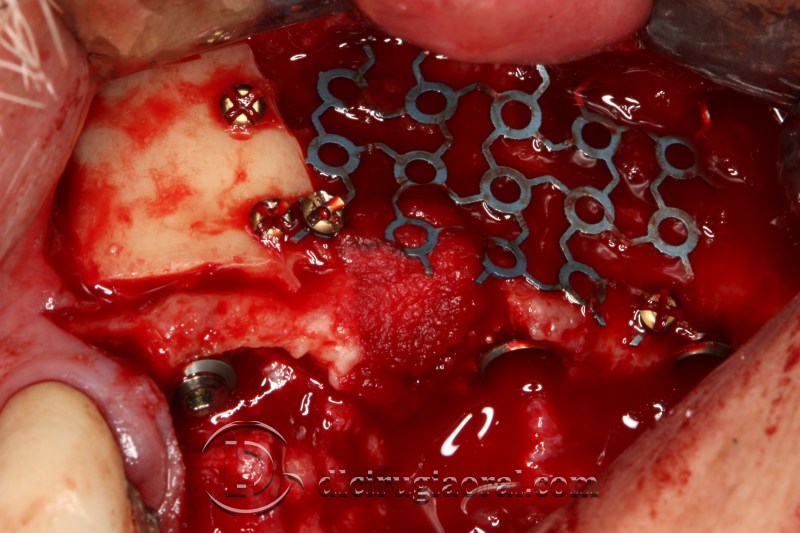

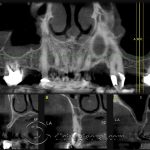
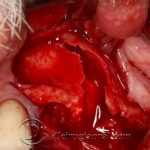
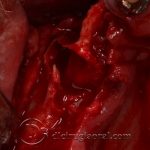

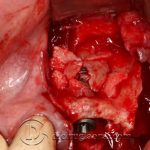
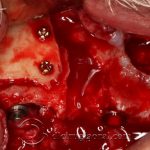

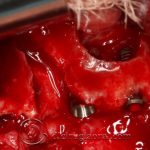
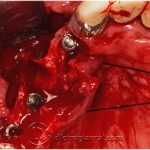
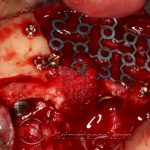
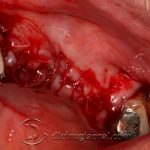
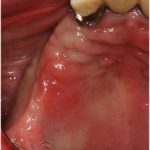
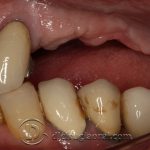
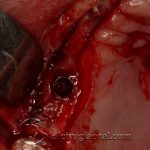
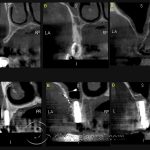
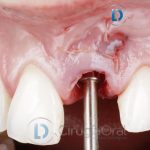
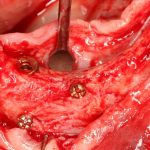
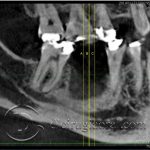
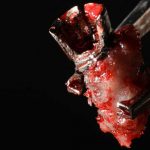
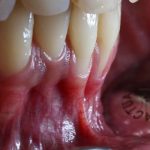
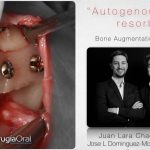
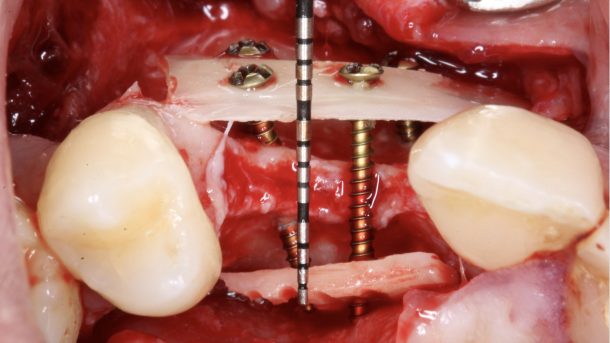
Magnífica solución, chapó
Magnífica solución, ideal diría yo. Enhorabuena.